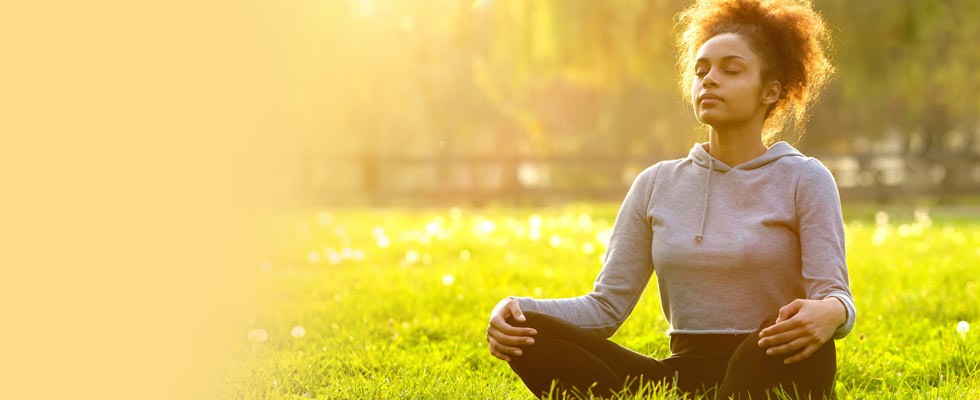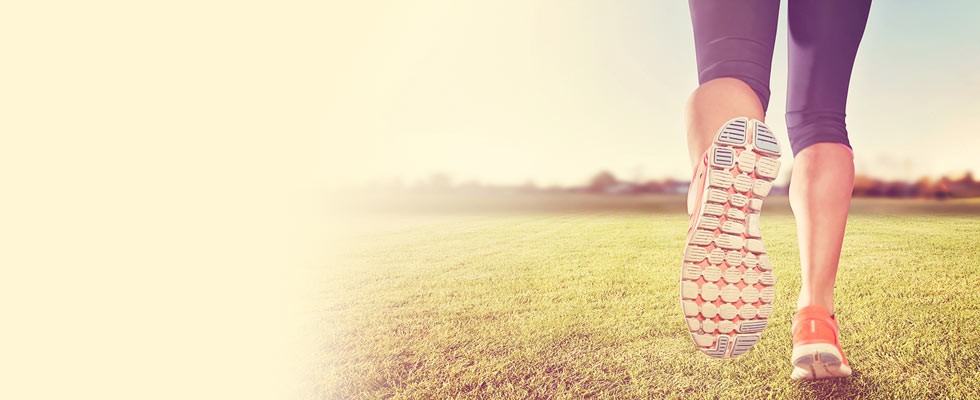
While Seasonal Affective Disorder mildly impacts 25 percent of the population, it seriously impacts another 5 percent of the population. This is a form of natural depression, which normally starts in September but peaks in Janurary and February. It's easily brushed aside and overlooked. It's also difficult to diagnose, and may in reality be as hard to diagnose as fibromyalgia and ADD (attention deficit disorder) both are. This is because while some folks might acquire the wintertime blues, and some folks feel sluggish, people with SAD in reality have a debilitating disorder.
While some people who suffer from this only have a modest, temporary feeling of helplessness, which is a very modest form of natural depression, other people may have an extremely severe case. Numerous studies have demonstrated that one out of every ten people actually have some type of SAD. As is true with clinical depression, occasionally people who have been diagnosed with SAD actually commit suicide. SAD may even advance into other types of depressive disorder. A few of these other forms include manic depression and schizophrenia.Some of the symptoms include feeling sluggish, catching some Z's for more than ten hours a day and yet still feeling fatigued, and migraines which may get rather severe and normally peak once there are drops in barometrical pressure.
There have been studies done to demonstrate that those folks who are depressed are actually more prone to extreme alterations in temperature. Some researchers have pronounced that this was because of a lower level of electrolytes, salts, and other all-important minerals in the body and brain. Among these minerals is potassium. It has been shown that having a depleted level of potassium will produce a severe headache. Two additional significant elements are Vitamin D and exposure to the sun, or at the very least, to ultraviolet lighting. A lot of doctors think that since there's minor sun exposure during the wintertime, and an individual has a lower level of Vitamin D, they can actually get SAD.
- Prev
- Next >>












